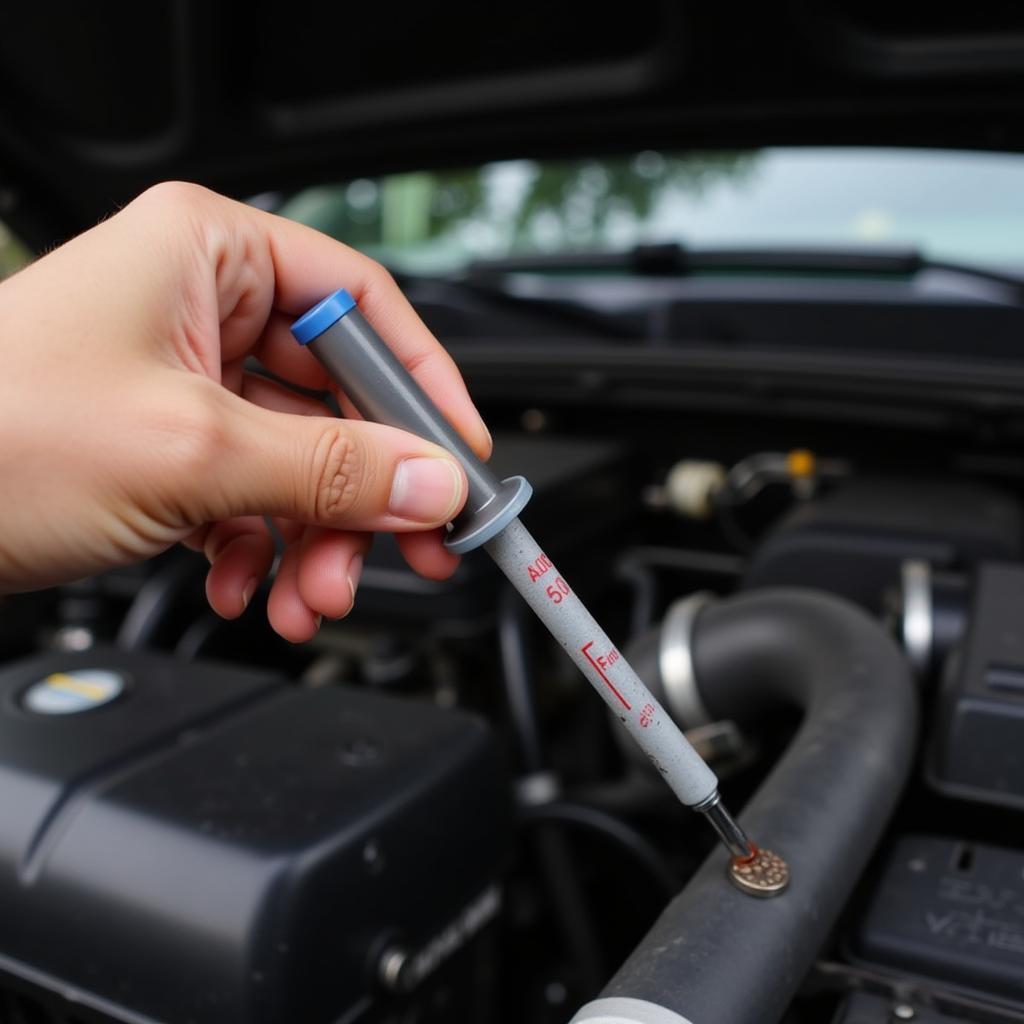Car Lpg Vaporizer Problems can be a real headache for drivers. From rough idling to complete engine stalls, a faulty vaporizer can disrupt your journey and impact your wallet. This comprehensive guide delves into the common issues associated with car LPG vaporizers, offering practical troubleshooting advice and effective solutions. Learn how to identify, diagnose, and fix these problems, keeping your LPG system running smoothly and efficiently. See our guide on lpg car engine problems for related information.
Understanding the Car LPG Vaporizer
The LPG vaporizer is a critical component of your car’s LPG system. It converts liquid propane gas (LPG) into a gaseous state, allowing it to be mixed with air and combusted in the engine. A malfunctioning vaporizer can lead to various performance issues, affecting fuel efficiency and drivability.
Common Car LPG Vaporizer Problems
Several factors can contribute to car LPG vaporizer problems. These include:
- Clogged Filter: A clogged filter restricts LPG flow, leading to poor performance.
- Faulty Diaphragm: A damaged diaphragm can disrupt the pressure regulation within the vaporizer.
- Freezing: In cold weather, the vaporizer can freeze, preventing proper LPG conversion.
- Leaks: LPG leaks pose a serious safety hazard and can cause performance problems.
- Electrical Issues: Problems with the vaporizer’s electrical components can affect its operation.
Diagnosing Car LPG Vaporizer Problems
Diagnosing vaporizer issues requires a systematic approach. Start by checking for obvious signs like LPG leaks (smell of gas) or visible damage to the vaporizer unit. Next, inspect the related components, such as the LPG filter and hoses.
How to Test a Car LPG Vaporizer
A few simple tests can help pinpoint the problem:
- Pressure Test: Check the LPG pressure using a pressure gauge. Low pressure could indicate a clogged filter or a faulty diaphragm.
- Leak Test: Use soapy water to check for leaks around the vaporizer and its connections.
- Electrical Test: Use a multimeter to test the vaporizer’s electrical components, such as the solenoid valve and temperature sensor.
You can learn more about general LPG issues in our article on lpg car problems.
Fixing Car LPG Vaporizer Problems
Once you’ve diagnosed the problem, you can take steps to fix it. Some common solutions include:
- Replacing the Filter: Regular filter replacement is crucial for preventing clogs and maintaining optimal performance.
- Repairing or Replacing the Diaphragm: A damaged diaphragm should be repaired or replaced to restore proper pressure regulation.
- Thawing the Vaporizer: If the vaporizer freezes, allow it to thaw naturally or use a heat gun (with caution).
- Fixing Leaks: Address any LPG leaks immediately by tightening connections or replacing damaged components.
- Repairing or Replacing Electrical Components: Faulty electrical components should be repaired or replaced.
Problems with your LPG conversion? Check out this helpful guide: problems lpg car conversions.
Conclusion
Car LPG vaporizer problems can be frustrating, but with proper diagnosis and maintenance, they can be effectively addressed. By understanding the common issues and implementing the solutions outlined in this guide, you can keep your LPG system running smoothly. For further assistance or specialized support, don’t hesitate to contact AutoTipPro at +1 (641) 206-8880 or visit our office at 500 N St Mary’s St, San Antonio, TX 78205, United States. Remember, regular maintenance and prompt attention to car LPG vaporizer problems are key to ensuring a safe and efficient driving experience.






Leave a Reply